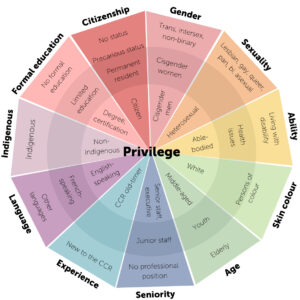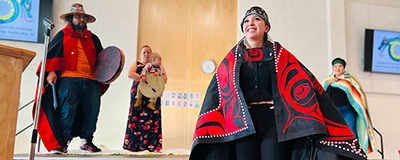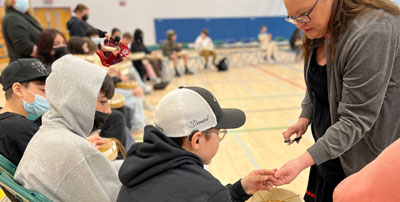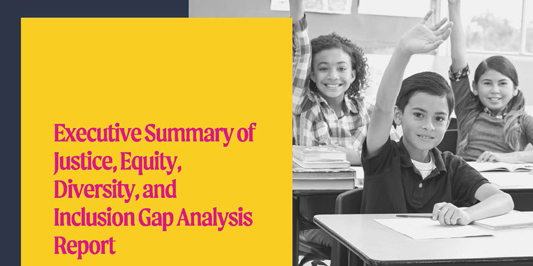We know that our individual identities affect how we move throughout the world, sometimes in ways that empower us and other times in ways that harm us.
Things we need to think about as we consider identities and privilege include:
- That we can simultaneously have identities that both privilege us in some ways (e.g. physical ability), while we may also have others (e.g. sexual orientation) that put us into the “non-centred” identity categories that can impact our perceived and experience privilege.
- Some identities may be more visible (e.g. race) and others may still affect us while being less visible (e.g. the socio-economic status of the house we grew up in).
- Some identities are more likely to be seen as very visible barriers or open us up to possible acts of hate or violence (e.g. race, gender), and others may have more subtle impacts on how we’re able to work and live (e.g. formal education level).
Start asking yourself which identities provide you with privilege:
- Do you have access to necessities or wants that others don’t have?
- Do you have the ability to avoid uncomfortable conversations or hide portions of your identity that can be experienced as a barrier?
- Does one or more of your identities make you feel less safe?
- Do you expect or feel entitled to time, energy, consideration, accommodation, smiles, and/or approval from others?
- Have you received unearned resources or supports that other people may need to fight harder for or don’t have access to?
- Are you able to be uninformed, uneducated, apolitical or uncaring of others’ pain, trauma or lived experiences?
These are a few of the many ways to be privileged. In most cases, privilege is entirely out of our control, yet for many people, a lack of privilege can make a huge change in their daily capabilities.
Interested in continuing your learning? Use the navigation at the top of the page (in the left bar for desktop platforms, or the “Section menu” under the banner for mobile) to explore a new topic, or use the below button to get to the next page in the DEIA Parent Toolkit




